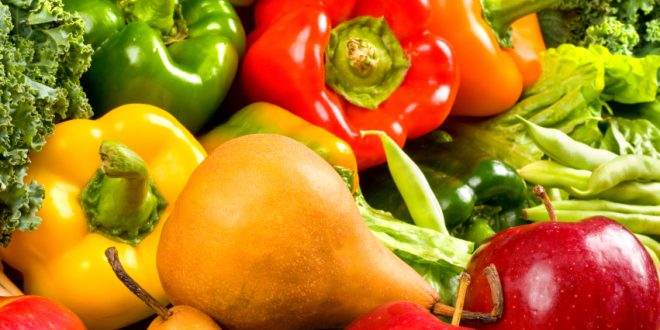Preparing healthy meals and snacks that are quick, tasty and don’t require a trip to the grocery store depends a lot on what you have on hand. A well-stocked pantry will not only make meal planning and preparation quicker and easier, it can also help you and your family eat healthier. When a pantry contains the right foods that everyone will enjoy, quick meals become less stressful, and the temptation to pick up a less healthy fast-food option is reduced. So, one pantry can fit all.
Having a “diabetes-friendly” pantry doesn’t mean stocking your shelves with “sugar-free” or “diabetic” foods. Rather, it means having everyday foods on hand that are the building blocks to fabulous meals. Whether you are preparing a family meal, grabbing a quick snack or a bagged lunch, it helps to have healthy foods at hand. It isn’t necessary to replace everything all at once; you can build a healthier pantry over time.
Avoid stocking foods that are considered “off limits” for people with diabetes. This can result in feelings of deprivation and tension. Rather, choose foods that everyone can enjoy because they are tasty – not just because they’re good for you. There’s no point in having a cupboard full of amazingly healthy foods that no one will eat! Look for new recipes that incorporate the following ingredients or be spontaneous and create your own.
Check out these ideas for basic items to stock a diabetes-friendly pantry,refrigerator or freezer:
| Cupboard | |
| Cereals |
|
| Pasta |
|
| Rice |
|
| Other grains |
|
| Nuts |
|
| Canned foods |
|
| Dried herbs & spices |
|
| Refrigerator | |
| Milk products |
|
| Margarine |
|
| Fruits and vegetables |
|
| Freezer | |
|
|
If you liked this expert blog, please read more information about healthy eating in the diabetes diet section.
 Diabetes Care Community Learn, connect and care
Diabetes Care Community Learn, connect and care




